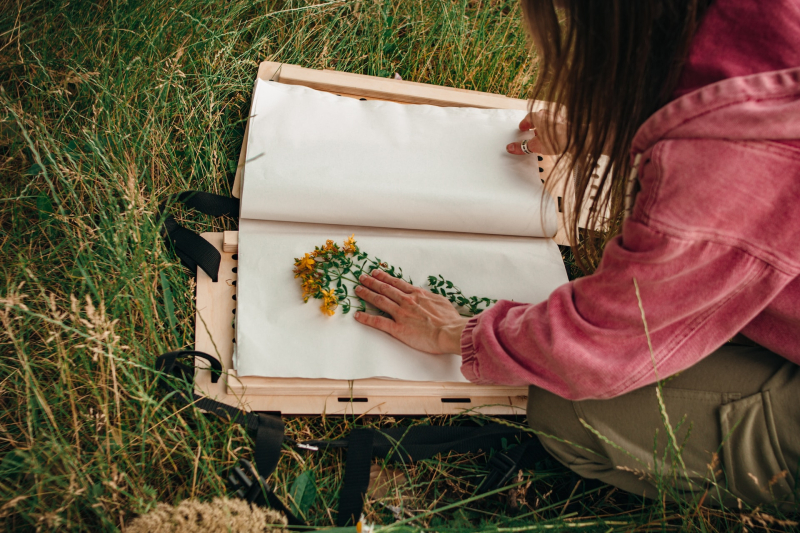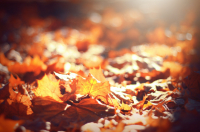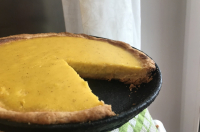Locations
If there’s not much greenery on your daily route, you might want to pay a visit to one of St. Petersburg’s marvelous parks and pick up materials for your future artworks. Our suggestions for such places are listed here and here.
Another way to find leaves and plants – and make a day of it – is to take a short trip to one of St. Pete’s lovely suburbs, like Pushkin or Pavlovsk. In this case, you’re guaranteed to enjoy both nature and architecture.
Some of our team’s other favorite places for autumn walks are listed here. You’ll find colorful trees in most of them, too.
What to pick up
Autumn is especially great for picking up leaves, as this is the season when they change color to every shade of yellow, red, and orange. So, look for trees like maples, oaks, and ashes.
Some flowers also blossom in September – for example, the European goldenrod and various garden plants (like chrysanthemums and coneflowers). However, be careful not to pick up the lattеr if you’re not sure you’re allowed to.
You can also collect acorns and chestnuts. They may not fit into a herbarium, but can be used for decoration or crafts.
If you’ve found a beautiful plant but aren’t sure which one it is, you can turn to online plant identification services like this one.
How to preserve your collection
Pick leaves and plants (without holes and cuts in them) when the weather is dry and it’s not too early in the morning, as that’s when they’re still wet with dew.
Carefully place them between the pages of a book or a thick journal. Add additional paper or tissues at each side of the object so that they absorb the moisture. Leaves or flowers should be separated from each other by several layers of paper.
Once you’ve placed your findings between the pages, put something heavy on top, like a couple of big books. Alternatively, buy a special press, like this one.
Leave them like that for several days. If the plants are green, replace the paper that touches them from time to time so that they stay dry and don’t get too dark from the moisture. Yellow and red leaves are less demanding, but also require this regimen, although less often.
Once the plants are dry, you can assemble them in any way you like. For inspiration, turn to Pinterest, or this vibrant VK community that shares tips and ideas for herbariums.
Hopefully, our tips will help you create your very own flora collection! If you’re also interested in keeping indoor plants, check out our guide on the topic.




